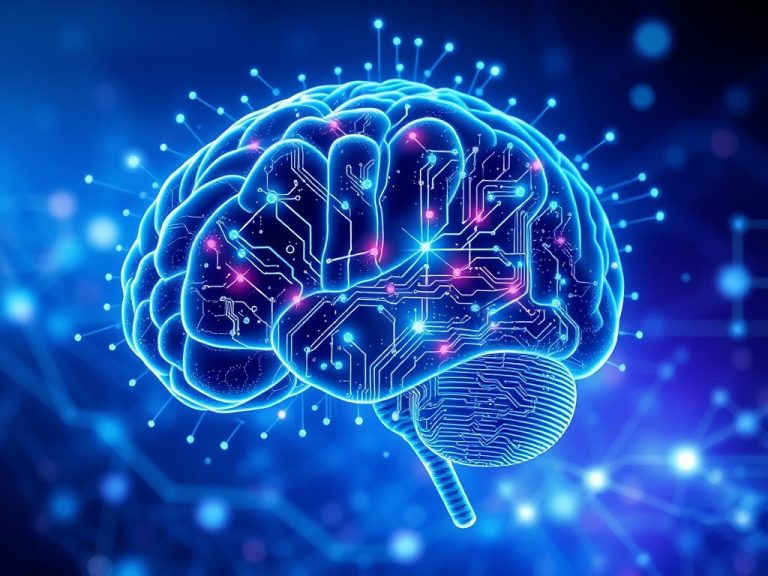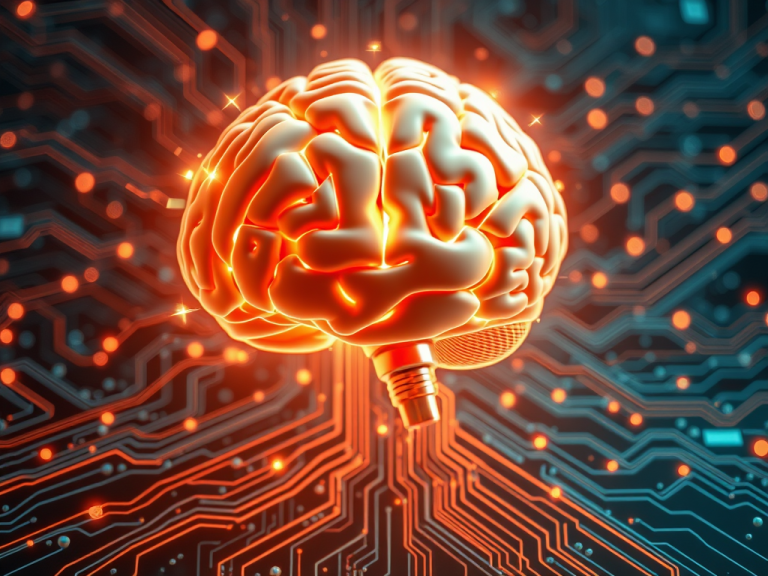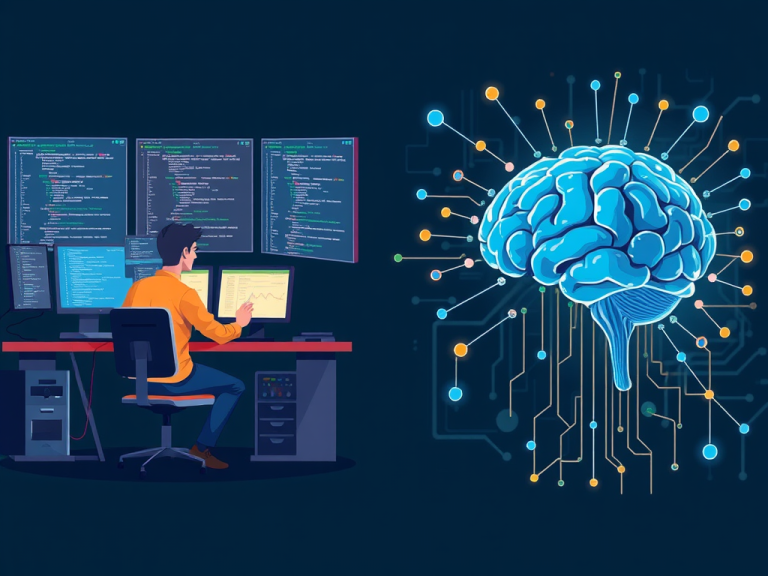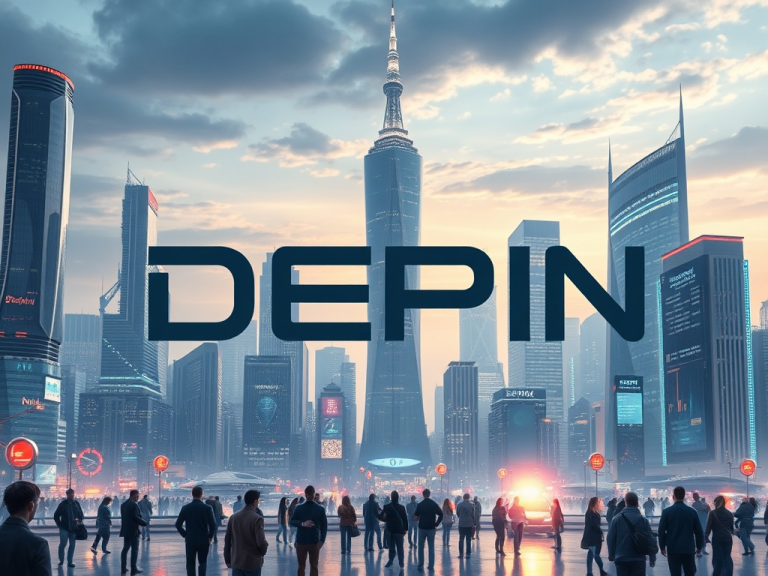
Natural Language Processing (NLP) is a fascinating area of artificial intelligence (AI) that focuses on how computers can understand and interact with human language. As we increasingly rely on technology for communication, NLP plays a vital role in making these interactions smoother and more efficient. This article will explore what NLP is, why it matters, how it works, its applications, challenges, and its future.
What is Natural Language Processing?
NLP is a technology that enables computers to read, understand, and respond to human language in a way that is both meaningful and useful. The goal of NLP is to allow machines to understand the nuances and complexities of human speech and writing. This includes everything from simple commands to complex conversational exchanges.
Why is NLP Important?
NLP is crucial for several reasons:
- Bridging Communication Gaps: It helps bridge the gap between human communication and machine understanding, making technology more accessible to everyone.
- Handling Large Volumes of Text: With the explosion of digital content—like social media posts, emails, and articles—NLP helps process and analyze this information quickly.
- Enhancing User Experience: By making interactions with technology more natural, NLP improves user satisfaction and engagement.
- Driving Business Insights: Businesses use NLP to analyze customer feedback, monitor sentiment, and gain insights that can inform strategies and improve services.
Key Parts of NLP
NLP involves several key processes that help computers understand language:
- Tokenization: This is the process of breaking down text into smaller units, like words or phrases. For example, the sentence “I love ice cream” would be divided into the tokens “I,” “love,” “ice,” and “cream.” Tokenization makes it easier for computers to analyze and understand text.
- Part-of-Speech Tagging: After tokenization, each word is labeled according to its role in the sentence. For instance, in the sentence “The cat sleeps,” “The” is a determiner, “cat” is a noun, and “sleeps” is a verb. This helps the computer understand the grammatical structure.
- Named Entity Recognition (NER): NER identifies and classifies key elements in the text, such as names of people, organizations, locations, dates, and more. For example, in the sentence “Barack Obama was born in Hawaii,” NER would identify “Barack Obama” as a person and “Hawaii” as a location.
- Sentiment Analysis: This technique analyzes text to determine the emotional tone behind the words. For example, a review that says, “I absolutely loved this movie!” would be classified as positive, while “I hated the ending” would be negative. This is useful for businesses to gauge customer opinions.
- Machine Translation: NLP powers translation tools like Google Translate, which convert text from one language to another. This allows people from different language backgrounds to communicate effectively.
How Does NLP Work?
NLP relies on several technologies and methodologies:
- Machine Learning: This is a subset of AI where computers learn from data. By analyzing large amounts of text, algorithms can identify patterns and improve their understanding of language. For instance, a machine learning model trained on thousands of examples can learn to predict the next word in a sentence.
- Deep Learning: A more advanced form of machine learning, deep learning uses neural networks to process language. These networks consist of layers of interconnected nodes that can learn complex patterns in data.
- Transformers: Introduced in the paper “Attention is All You Need,” Transformers have revolutionized NLP. They use a mechanism called attention, which allows the model to focus on specific words in a sentence based on their relevance to each other. This significantly improves tasks like translation and text generation.
Where is NLP Used?
NLP has a wide range of applications across various fields:
- Customer Support: Many companies use chatbots powered by NLP to provide instant assistance to customers. These bots can answer questions, provide information, and even resolve issues without human intervention.
- Content Creation: Tools like GPT-3 can generate human-like text, helping writers create articles, stories, and marketing content. This can save time and inspire creativity.
- Healthcare: In the medical field, NLP is used to analyze patient records, extract relevant information, and assist in diagnosing conditions based on symptoms described in notes.
- Finance: Financial institutions use NLP to analyze news articles, social media, and reports to gauge market sentiment. This helps them make informed investment decisions.
- Education: NLP can personalize learning experiences by analyzing student interactions and providing tailored feedback. It can also help in grading essays by assessing language use and content.
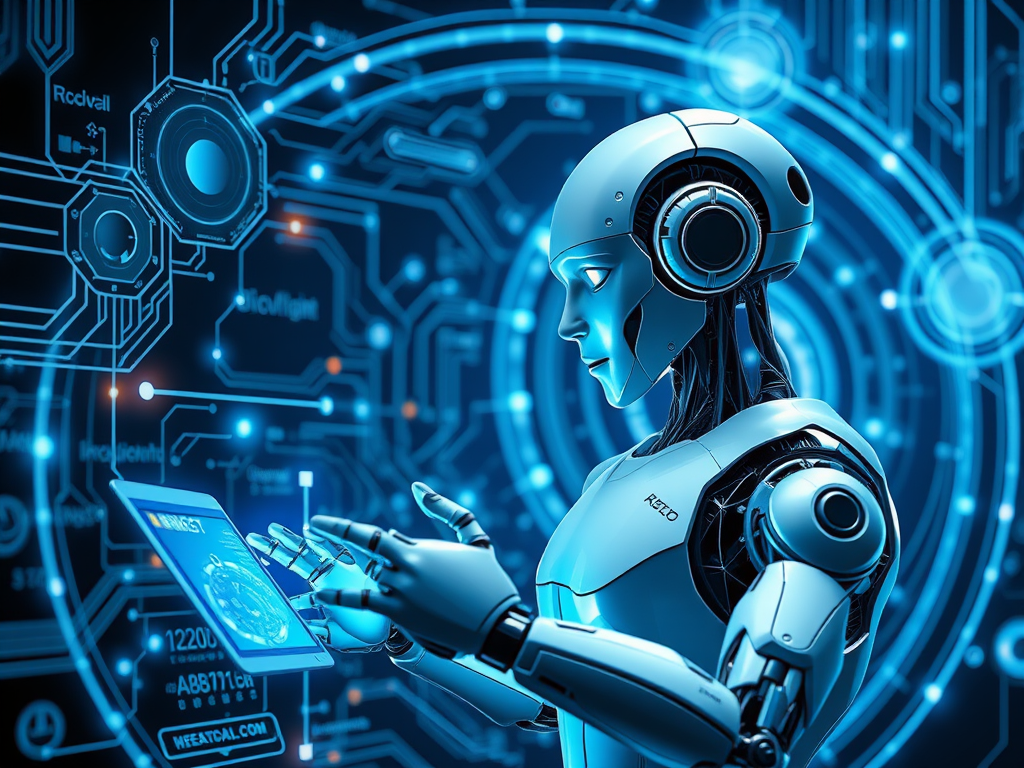
Challenges and Future of NLP
Despite its advancements, NLP faces several challenges:
- Ambiguity and Complexity: Human language is full of nuances, idioms, and cultural references that can be difficult for machines to understand. For example, the phrase “kick the bucket” means to die, but a computer might interpret it literally.
- Bias in AI: NLP models can sometimes reflect biases present in the data they are trained on. This can lead to unfair outcomes, such as misrepresenting certain groups or perpetuating stereotypes.
- Privacy Concerns: As NLP systems analyze vast amounts of text data, concerns about data privacy and security arise. It’s essential to ensure that personal information is protected.
Looking ahead, the future of NLP is promising. Research will continue to improve the understanding of context, emotions, and the subtleties of language. Advances in multilingual processing will also allow for better communication across different languages, making technology even more accessible.
Conclusion
Natural Language Processing is transforming the way we interact with technology, enabling computers to understand and respond to human language more effectively. As NLP continues to evolve, its potential to enhance communication, improve business operations, and make technology more user-friendly is boundless. By embracing these advancements, we can look forward to a future where humans and machines collaborate seamlessly, making our lives easier and more connected.
